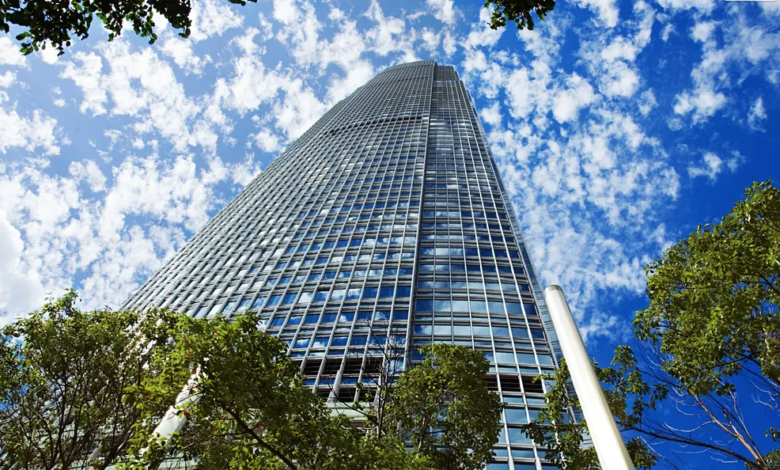More than 50 global companies aligned on the Paris Agreement
(sustainabilityenvironment.com) – Seven years have passed since COP21 and the Paris Agreement, but the first global commitment to combat climate change is far from being respected: this is also stated by the more than 50 companies that today, in the Sharm el-Sharm Conference, they presented their statement of intent to bring business back to life by mitigating climate change.
The initiative was launched by Corporate Knights Inc – an independent media that deals with B Corp research and publishes a magazine on the sustainable economy- and the Global 100 Council – which every year publishes the ranking of the 100 sustainable companies presented in the World Economic Forum in Davos – and gathers the adhesions of more than 50 large global companies, from Unilever, to the Ingka Group (IKEA), Commerzbank, Tech Mahindra and Enel.
“We are activating a considerable alliance of companies that want a more ambitious policy and faster action on climate,” explained Toby Heaps, CEO and co-founder of Corporate Knights – “By joining forces, we can show governments around the world that they have the support of the private sector and its main professional associations”.
50 large companies to implement the Paris Agreement
The objective of the Declaration of Intent is to support climate action by governments committed to implementing the Paris Agreement by working together with businesses and major trade associations and monitoring the effects of alignment.
The signatory companies are big global names in the global business galaxy representing a total annual turnover of 900 billion dollars: 1% of world GDP.
They come from all the G7 countries except Japan and from the three big emerging economies of China, India and Brazil, and from the different economic sectors, from mining to finance, from healthcare to tech: all inside, except those who deal with gas and oil.
Their intention is to adopt a global approach aimed at resolving the gap between saying and doing when it comes to reducing emissions, by setting ourselves achievable and determined targets.
All the indicators available to us – say the companies – show us a heating path that will stand between 2.1°C and 2.5°C: absolutely insufficient goal to implement the Paris Agreement and the commitments expressed last year during the COP26 in Glasgow.
We, therefore, need to adopt more ambitious strategies that outweigh the effects of the lobbying actions of some powerful industrial associations that have slowed the path.
“The pressure on the entire corporate sector to fully support governments globally in efforts to design and implement a meaningful climate policy is growing – from investors, media, civil society and, increasingly, by parts of the corporate sector that want and need government policies to implement their climate transition plans,” explains Dylan Tanner, executive director of InfluenceMap, the initiative’s data intelligence partner. “The initial signatories to the Declaration of Action on Climate Policy Engagement represent climate policy leaders and an extremely important force. It is clear that others will join when this trend becomes mainstream”.
A necessary alliance between public and private
The signatories will promote a public-private alliance that will encourage companies to do more to achieve the objectives of the Paris Agreement: by the end of 2023 all the large companies that have signed the declaration will undertake to disseminate the activities to be put in place to do so materially, each with its own monitoring and dissemination methods so that a mechanism of exchange and mutual learning of good practices can also be established.
Catherine McKenna, Chair of the UN High Level Expert Group on NetZero Emissions Commitments of Non-State Entities (and former Canadian Minister of Environment and Climate Change and Minister of Infrastructure and Communities) He commented: “Climate change is ultimately a global problem – a problem for everyone, not just a challenge for governments to solve. There is a real opportunity and need for governments to promote an ambitious climate policy both nationally and internationally, but the big trade and industry associations, which are a dominant force, must be constructive and oriented to find solutions, not resisting resistance, and businesses need to lead them to this”.






